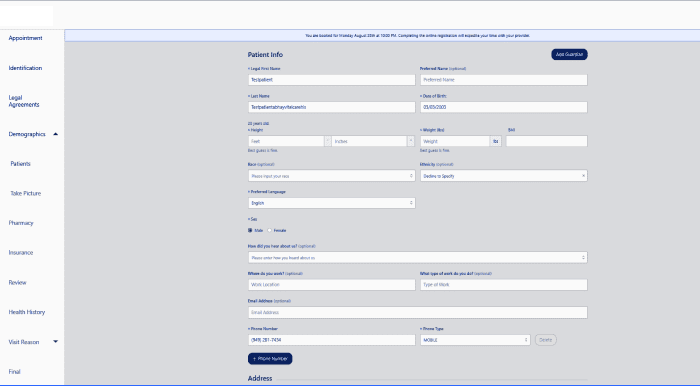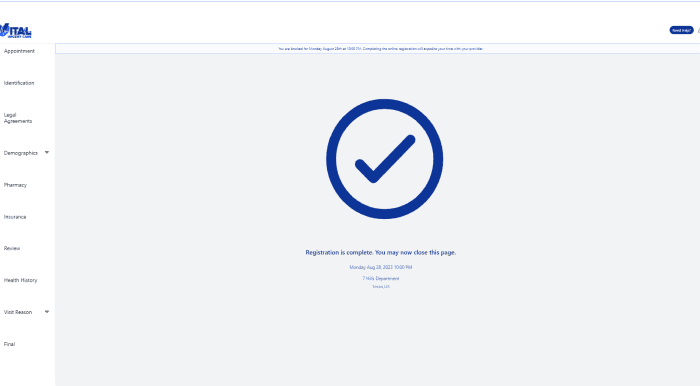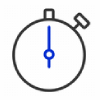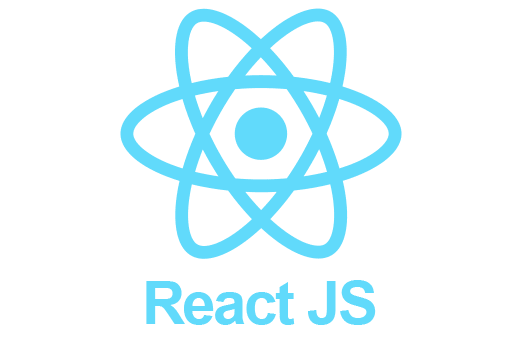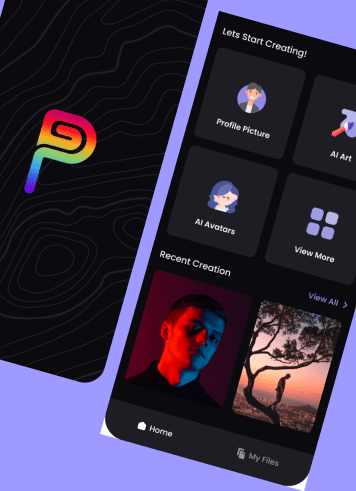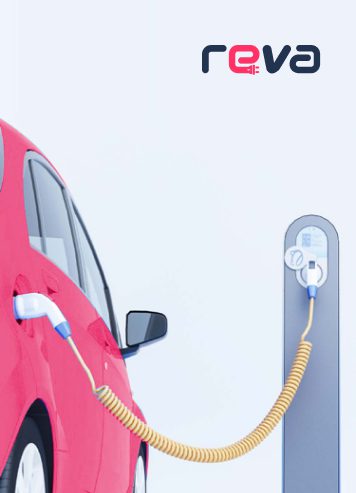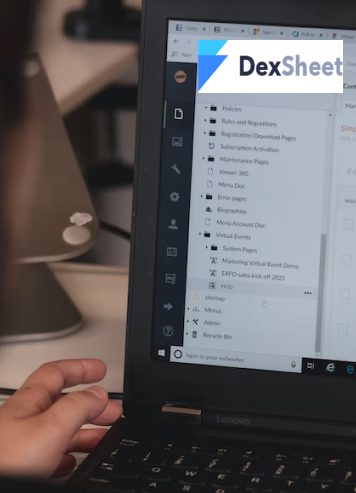We began the project with comprehensive research and analysis. We identified the pain points and devised effective solutions to address them. We then proceeded to the development phase. We created an end-to-end solution that addressed these challenges head-on. We integrated client’s system with various EMRs in the background using secure web solutions, eliminating the need for any additional installations or downloads. Additionally, we used artificial intelligence solutions to improve healthcare professional-patient interactions, allowing them to spend more quality time with patients.
1. We designed a workflow to manage the process from booking an appointment to checking out, using Lucidchart. We implemented this workflow using React JS and Python and hosted the system on AWS Cloud for easy access.
2. We developed two different applications: one for doctors and one for patients. Both applications use React JS, and the REST APIs are built in Django. We also developed an interface to map information from the client’s system to the EMRs and vice versa. This was done using Celery Task Runner with RabbitMQ as the communication broker. The mapping of the client system’s symptom IDs to the EMR symptom IDs was saved in the Postgres system.
3. In the Patient app, patients can fill out all of their information, such as basic demographic information, medical history, and current symptoms. They have to go through OTP authentication process to secure their personal data. The application also has HIPAA compliance that follows data security standards.
4. The system was built using AI functionality, where the review of symptoms varies based on the chief complaints.
5. In the Doctor app, doctors can view patient data and consult with them on the proper treatment. This may include meditation, exercise, medication prescriptions, imaging, lab tests, procedures, and things to do or not to do.
6. To communicate between different applications, we used REST APIs, data brokers, and web sockets. And we used Postgres and S3 buckets for data storage.
7. We used Datadog to monitor the performance and logs of the applications, and Sentry.io to troubleshoot issues in production.

